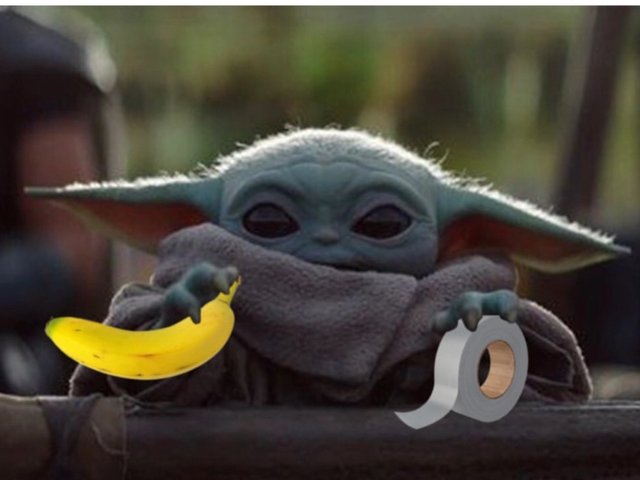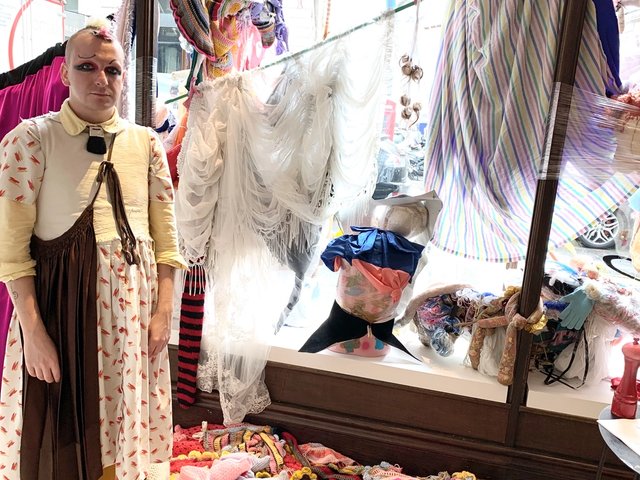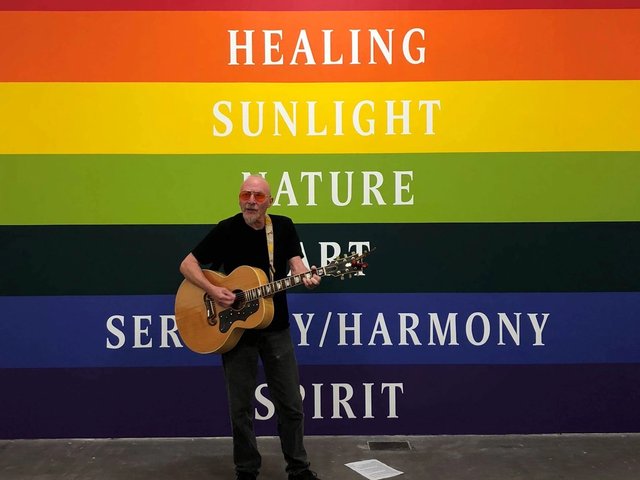Museums worldwide have conjured up lighthearted ways of coping with the coronavirus pandemic which is dominating our daily lives. The Getty in Los Angeles threw down the most imaginative gauntlet with its challenge, issued on Twitter, Instagram and Facebook, to re-create masterpieces at home using just three items.
The initiative was inspired by the Instagram account called Tussen Kunst & Quarantaine (Between Art and Quarantine), which was started on 14 March as a funny suggestion between friends over WhatsApp while working from home. The account, which was shared on Instagram by the Rijksmuseum in Amsterdam, has now posted more than 400 images and has 122,000 followers.
Covid Classics, a similar English account but where the images are made by four housemates, was set up on 22 March and now has 62,000 followers. The Getty’s DIY-masterpiece project develops the idea, allowing participants to download images from the institution’s online collection. Cézanne, Vermeer and Munch have all proved popular choices.
The re-creations have flooded in, say Getty officials. “You’ve re-created Jeff Koons using a pile of socks, restaged Jacques-Louis David with a fleece blanket and duct tape, and MacGyvered costumes out of towels, pillows, scarves, shower caps, coffee filters, bubble wrap, and—of course—toilet paper,” according to the website.
Meanwhile, the high-profile curator Hans Ulrich Obrist, the artistic director of London’s Serpentine Galleries, is posting parts of his celebrated Do It series on his Instagram. Artists give instructions for creating works as part of the initiative, which was launched in 1993 with the artists Christian Boltanski and Bertrand Lavier. Obrist has so far posted Yoko Ono’s Wish Piece (1996), Body Pressure (1974) by Bruce Nauman, an untitled piece by Etal Adnan and another untitled work (1997) by Koo Jeong A.
Mark Wallinger, Antony Gormley, Gillian Wearing and Annie Morris are among the artists who have contributed to an art activity pack devised by Firstsite gallery in Colchester, UK. The downloadable tasks can be completed by children and adults, preferably working together. Another requirement is that the activities can be explained or executed on an A4 sheet of paper. Wallinger wants people to draw their hands; Gormley hopes that participants will create a paper chain of drawings.
UPDATE (4 April): And an extra arty bit.... if you'd like to get a glimpse at least of Kettle's Yard house and gallery, fear not—curators at the Cambridge-based institution have installed a webcam providing a live stream, via the gallery website, to a particular location at the historic site which remains closed. The webcam is situated on the first floor of the Kettle’s Yard cottages, taking in several works including Gregorio Vardanega’s perspex Disc (around 1960), George Kennethson’s sculpture Construction (Birds), around 1966, and The Land’s Shadow (1987) by Ian Hamilton Finlay.






